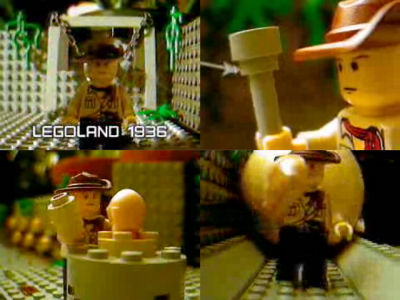A sound designer talks about the process of producing Star Wars sound effects such as R2-D2's voice and Darth Vader's breathing sound.

There are many attractive characters and items appearing in the movie “Star Wars” series, but one of the things that strongly impress them is “sound”. Of course, most of the things that appear in the movie do not exist in reality, but the sound designer
Star Wars: Episode IV sound design explained by Ben Burtt-YouTube
A light saver's 'Bun' sound, one of the weapons symbolizing Star Wars, was created by superimposing the noise of the television CRT on the projector's motor sound at the video school where Bart was working. is.

The sound of the created Light Saver was sent from the speaker, and by shaking the microphone for a while in front of the speaker, I succeeded in intentionally generating the Doppler effect and recording. This sound has become a unique sound effect that sounds when you swing the light saver around.
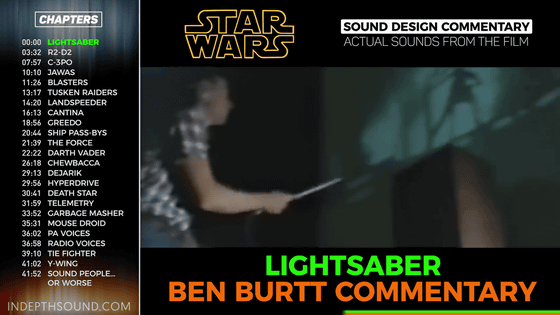
In addition, it is said that the sound that the light bullets repel or the light saver collides is made by combining the sound of squeaking and the sound of gunpowder when putting dry ice on metal.
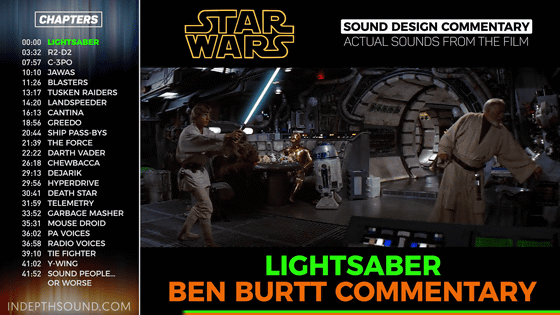
Bart said that R2-D2's truly electronic sound was the hardest part of making Star Wars sound effects.
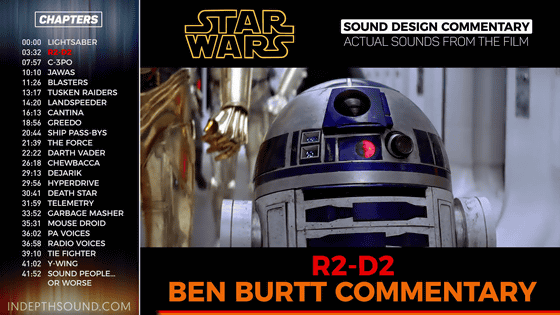
Bert thought that 'the most cute voice is the baby's voice,' he and his co-worker and the two recorded the imitation of the baby's voice and mixed it with the electronic sound of the synthesizer to make the R2-D2's voice.
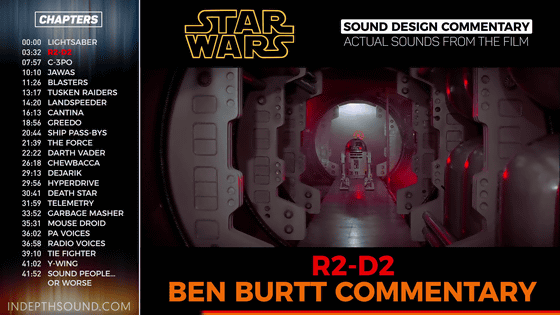
One of the most common weapons in the play is the blaster. The sound of 'Pishn!' With a somewhat metallic sounding blaster is based on the experience of Bert hiking in Pennsylvania on vacation.
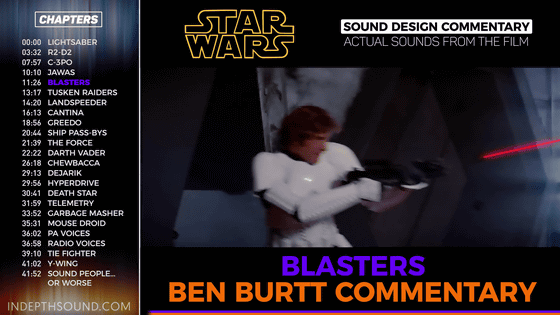
There is a large radio tower on the mountain where Bert hiked, and the luggage was caught on the guide wire of the radio tower. Having thought that the sound of that time was perfect for blaster, Mr. Bart returned to California, walked around the tower in California, and hammered and recorded a guide wire stretched in the tower with a hammer. And finally Bart got a sound that sounds reasonable, and based on that recording, he seems to have created a blaster's shot.
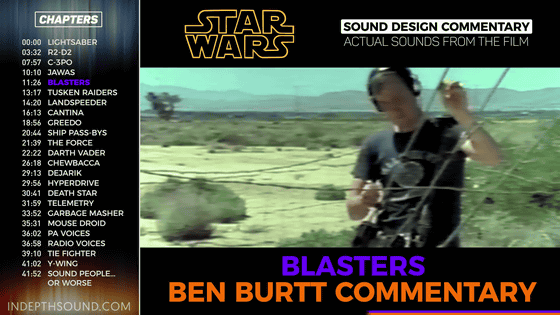
The breathing sound 'Koo Ho, Ko Ho' is one of the sounds that symbolize Darth Vader. According to Bart, the idea that Darth Vader appears with a distinctive breathing sound is inspired by the Ticta Crocodile, which appears as the sound of the clock swallowed in the movie 'Peter Pan.'
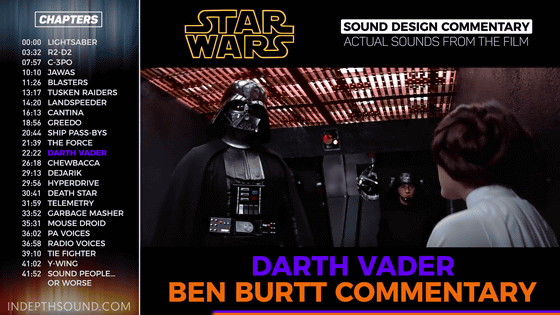
Mr. Bart, who heard Darth Vader was a cyborg character before film production began, said that he put a small Sony microphone into the regulator used for scuba diving, breathed, and recorded.
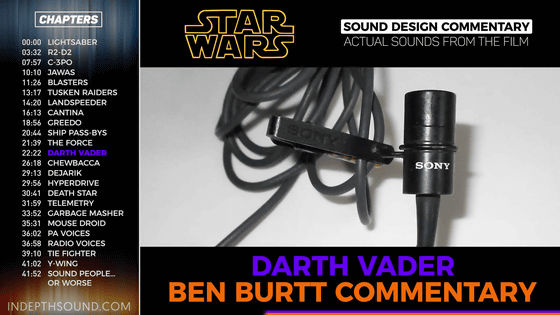
In addition, the sound effect of the scene where Darth Vader tightens a subordinate's neck and kills was recorded using grapefruit and a walnut shell.
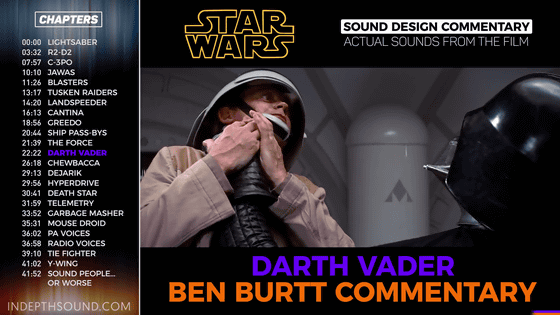
The Wookey Chewbacca produces a completely different voice than humans. Mr. Bart wanted to give Han Solo's good friend Chewbacca a voice that sounds like it is speaking human words, although it should not be human words at all.
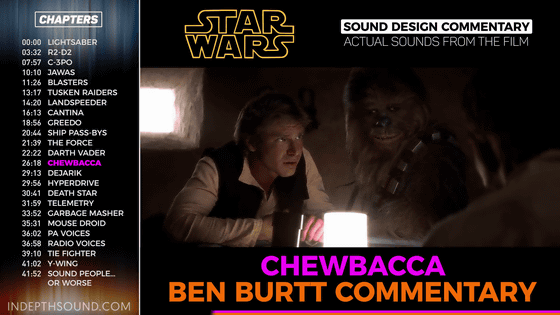
So, Bart built the voice of Chewbacca by piling up the cry of various creatures such as fur seals and badgers based on the cry of a bear named 'Poo' who lived in a California farm.

In 'Episode IV / New Hope', the scene where the Lukes are trapped in the rubbish compressor and the compression wall approaches from the left and right is the scene that will hit the biggest pinch in the play. The sound of this huge wall movement was made by processing the sound of the pile driver.
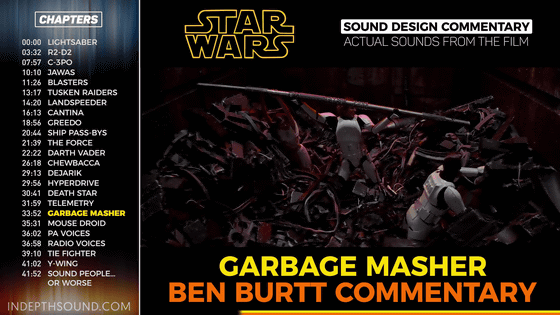
Sounds of the Imperial Army fighters and TIE fighters flying in space. Normally there is no air in the universe, so there is no sound, but sound effects are attached to give the movie a reality.
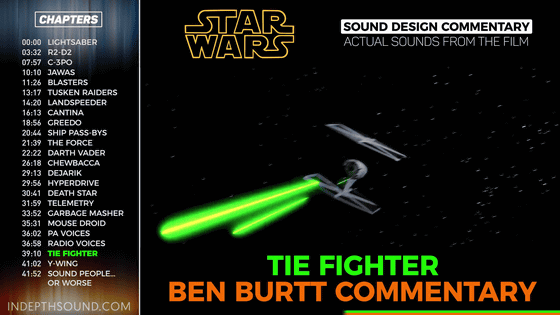
The Twentieth Century FOX allowed the diversion of the sound effects of movies that were shot in the old days, so Mr. Bart said the cry of the elephant that appeared in the movie '
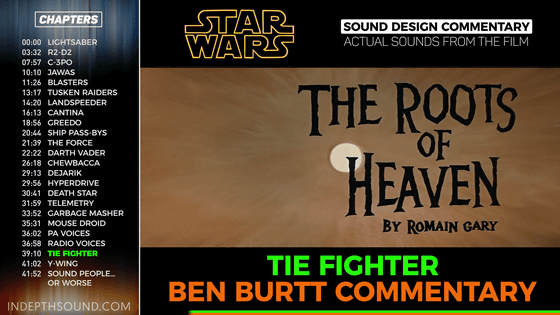

At the time when digital devices were not as advanced as they are nowadays, it can be said that analog ideas by acoustic designers such as Bert supported the reality of films. In the movie, how many other impressive sound effects of “Star Wars” were made, and many amazing techniques were told, so those who are interested in Bart's craftsmanship should definitely watch the movie please.
Related Posts:





